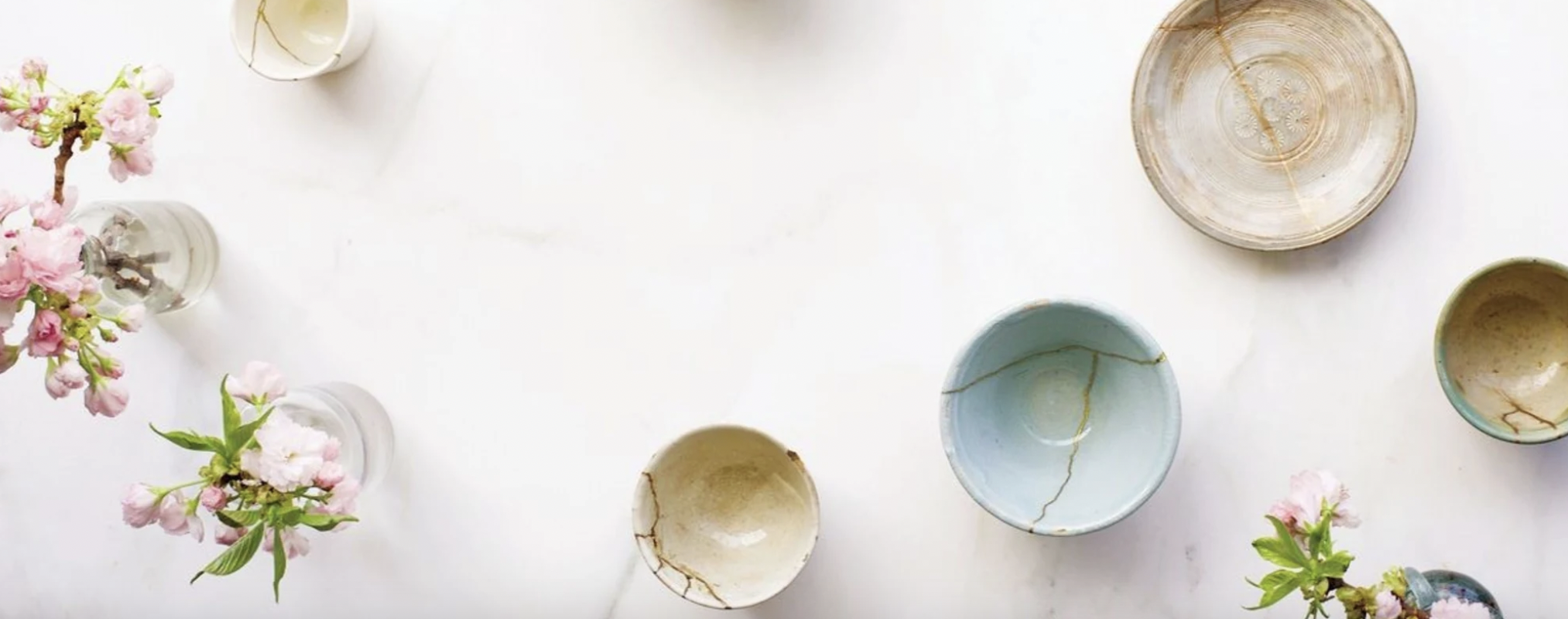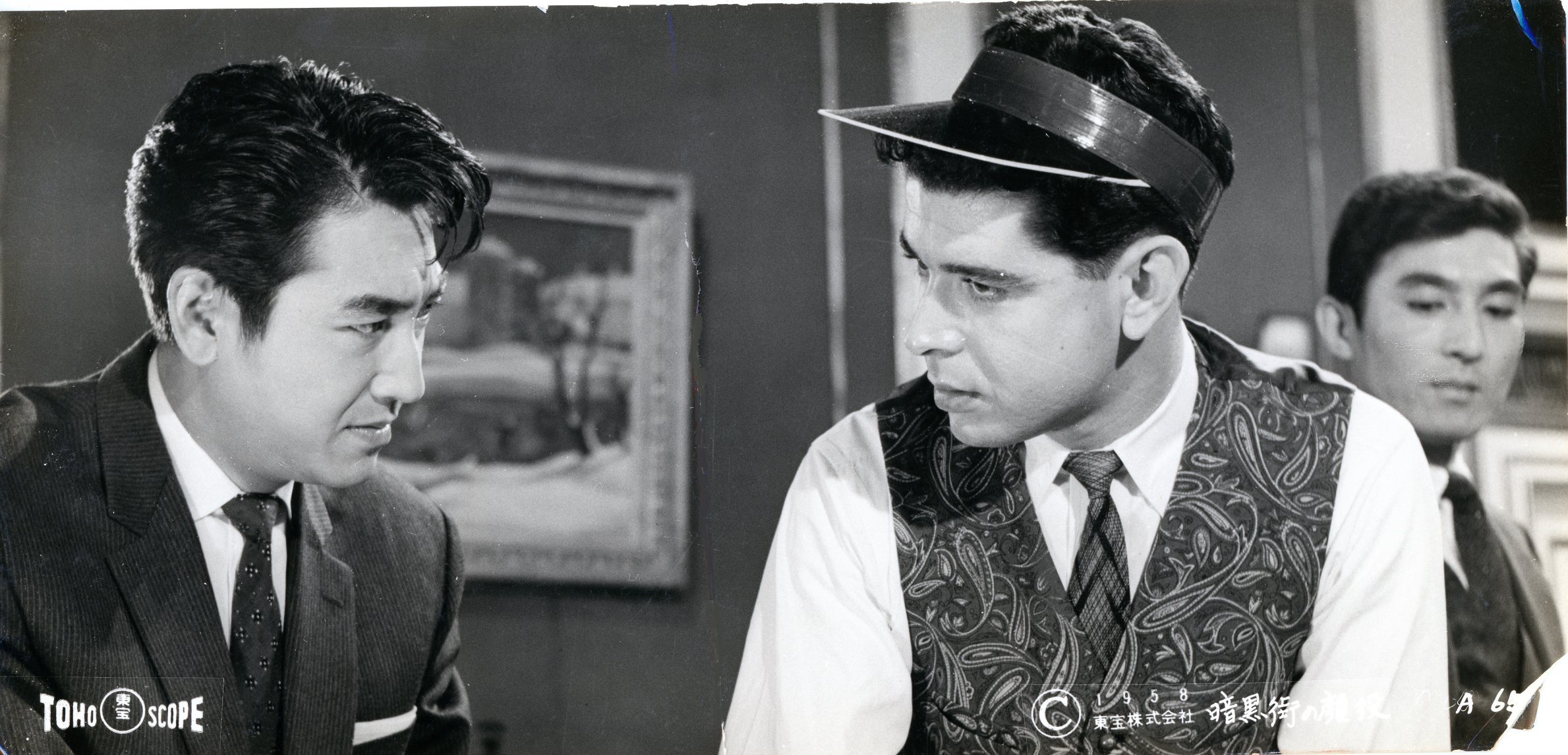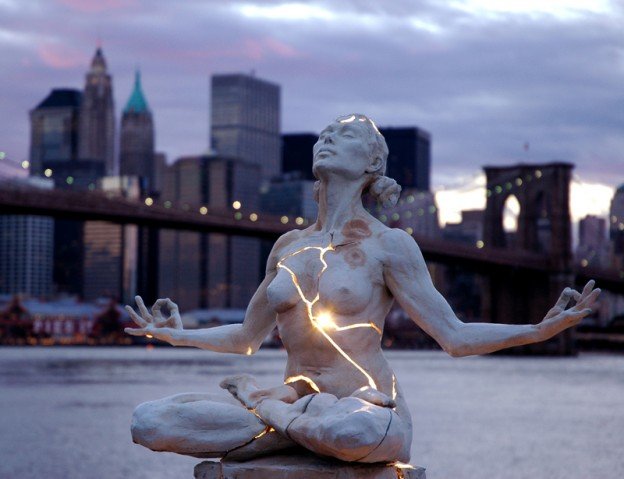
WHY KINTSUGI?
The inspiration for the name Kintsugi Functional Wellness was derived from the culmination of a series of interconnected occurrences, or “confirmations” as some may say, throughout my life. Years ago, I shared a random photograph on social media, and when it appeared in my “memories” year after year, I would repost it. The photo depicted a piece of broken pottery mended with gold, along with the reasoning behind the practice known as Kintsugi. Within Japanese culture, Kintsugi is the art of repairing broken pottery with gold and lacquer, and celebrating its beauty, thereby respecting the history of the object, as opposed to disguising the experience or pretending it never happened. Similar to the Japanese philosophy of wabi-sabi, Kintsugi is a reminder to embrace flaws and imperfections. More importantly, it signifies that which has been broken may become stronger and more beautiful.
This concept deeply resonates with me. Each of us has endured difficult times and may bear the scars, physically or emotionally, but like the art of Kintsugi, we can discover our own strengths and beauty, not in spite of, but because of those experiences. The process of Kintsugi is also a reminder of the self-love and self-care we should extend to ourselves. As the cracks in the broken pottery are sealed with great care and dedication, so we are reminded to take the time to learn and heal from our experiences, and then rebuild a stronger, more resilient mind and body.
Japanese culture has always reserved a very special place in my heart. Many, many years ago, before I was even a thought, my father lived in Japan for 15 years, serving as the Cuban ambassador. He spoke Japanese fluently and was even an actor in Japanese movies. Growing up, Japanese artwork, fans, swords, and paintings adorned the house. When I was little, at bedtime, he would teach and have me recite 1 through 10 in Japanese and Spanish, then sing me Japanese lullabies or tell me various versions of the Japanese Peach Story or what it was like living in Cuba or Japan. We always had extra large bags of Japanese rice, and my father regularly cooked in a wok and ate with chopsticks (and he would have eaten raw fish at every meal if he could). Graduations and birthdays were celebrated at traditional Japanese restaurants. In my childhood memories, I also recall trips to the “Japanese store” in Boston on Sundays when my father would wear his sunglasses into the store and speak to everyone in eloquent, perfectly accented Japanese, but then remove his glasses and shock the store employees - I always loved that part. I also loved the Japanese candies and crackers he would get for me (especially the ones that came with stickers). I often referred to my father as the “Japanese Cuban” as he seemed to be more immersed in the Japanese language and culture than that of his native home of Cuba. As he grew older and his memory began to decline, he never lost his ability to speak Japanese or any of the other languages he knew. In fact, he shared that at times he felt that his thoughts were often in Japanese and he had to translate them to be able to speak in English.
Fast forward to more recent years. A while back, my wife showed me a photo of this breathtaking sculpture titled “Expansion” by Paige Bradley. Years ago, she too had shared a social media post of this picture, along with the words of Leonard Cohen: “There’s a crack in everything…that’s how the light gets in.” This captivating statue illuminates the profound beauty and power that lies within each of us. Again, I was shown a piece of art with cracks and imperfections that made it even more beautiful and inspiring, just like Kintsugi.
The meditative lotus pose depicted in this work of art is also relevant to my personal and professional growth. Originally from Boston, I have a tendency to move through life at a fast pace. However, my wife, who has practiced yoga for years, encouraged me to join her on the mat which has helped me to slow down, breathe more deeply, establish greater focus, and approach life with more intention.
For her birthday, I wanted to purchase the print, but at the time I had no knowledge of the artist or the name of her work. In my online search, I tried to describe the sculpture using words such as “cracks” and “art” and “sculpture.” I eventually did discover the artist, but also came upon an article about how the Japanese art of Kintsugi can help individuals deal with stressful situations.
The article mentioned a book written by Candice Kumai book titled Kintsugi Wellness, and I was immediately drawn to this concept of relating the Japanese philosophy of Kintsugi to healing the body. I remember turning to my wife and reading her excerpts from the article and saying that Kintsugi sounds like such an appropriate name for my nutrition, health coaching, and functional medicine practice. Moreover, it was a Japanese word. I wished my father was still alive so I could have shared this finding. In my heart, I knew he would approve.
Prior to this day, I was just going to name my practice “Nicole Ramirez Wellness” to keep it simple. There were no other names that spoke to me until that day. Playing with a few different combinations of names, I finally said out loud, “Kintsugi Functional Wellness.” Those three words incorporate everything I want to do. Functional medicine is a personalized, patient-centered, science-based approach that strives to discover and manage the root cause of illness…we search for the “cracks” in the system in order to help the patient “repair” them, empowering them to be instrumental in their overall health. I believe in the interconnectedness of all body systems and take a holistic approach to care. Just like the art of Kintsugi, each and every piece is essential, even if they are damaged, but with the right gold and lacquer (mindset, nutrition, and lifestyle changes), we can hopefully repair the object (the body) and make it stronger and more resilient.
I was excited about the prospect of having a new name for my practice, but I still had my doubts, as I am not Japanese myself. I also wondered if it would be too difficult for people to spell or remember. However, just one day later, my doubts dissipated completely.
I was scrolling through social media and came upon a post by one of my clients who had shared a video of a sermon from her church. The pastor of this church was a new client of mine and I was curious to see her in action, so I clicked on the post. I must note that the sermon was entirely in Spanish. The video began with beautiful music and dancing, but I did not see my client, so I fast-forwarded to a random place in the video. I saw my client preaching and was happy to see her in her element so I began to listen. (Admittedly, I am half Cuban, but I do not speak Spanish fluently. I studied it in high school and college and even took a trip to Cuba with my father where I took a course for a week, immersing myself in the language and culture. It’s on my bucket list to become fluent.)
Less than 15 seconds passed before I heard the word “kintsukuroi,” which is another word for “Kintsugi.” I furrowed my brow and I thought I must be hearing things. Here was a pastor, preaching entirely in Spanish, who then used a Japanese word that I was contemplating using for my practice. I stopped the video and went back to listen again. Sure enough, the pastor said “kintsukuroi” twice and then the word flashed on the screen, just for greater confirmation. I was speechless and I had to keep rewinding the video and listening, and then trying to understand and feel the message from the pastor. Every time I think about this experience my eyes well up with tears and I get the chills. You see, this occurred in September of 2022 and my father had passed away around that time just two years prior. It was sudden and still fresh in our hearts.
It felt like much more than a coincidence that I happened to click on a video of my client, a vibrant, Spanish-speaking pastor, who was preaching about the Japanese art of Kintsugi, just one day after I had been discussing it with my wife. There was something powerful about that moment.
The next time I met with my client, at the conclusion of her session I asked her if I could share something with her. It is not customary for me to discuss much of my life with my clients during our sessions, but for some reason, I felt compelled to tell her about my experience. I quickly and nervously retold the story about my father being Cuban, but speaking Japanese fluently, about how he had passed just two years ago, and how I recently came up with the name “Kintsugi” for my practice. I remember seeing her eyes light up when I said “Kintsugi” because she had just preached about it a few days before. I then told her how the person who had introduced us had posted her sermon on social media and how I happened to forward to a random place in the sermon where I heard and saw the word kintsukuroi on the screen. My voice was shaking while I talked to her and I was fighting back tears. I felt surprisingly emotional while speaking to her, but her beautiful, vibrant presence and smile were powerful and comforting. She then said, “that is confirmation, Nicole.” That is confirmation that you are doing exactly what you are supposed to be doing and that you have chosen the right name for your business. She explained that in Hebrew there are no coincidences and that what I experienced was a confirmation.
At that moment, I realized that all of my worlds had come together, physically, emotionally, and spiritually, to let me know that I was on the right path in life and that I was meant to create Kintsugi Functional Wellness, that I was meant to help heal and empower people to become the healthiest and happiest versions of themselves by focusing on nourishing both the body and the mind.
And I also know, although he may no longer be with us, I have my father’s blessing. I know he would have loved the story about me hearing the pastor I knew preaching in Spanish about the Japanese art form and using the analogy to motivate and inspire. I know he is reading this and reminding me of the “sayings” he always spoke to me, all of which relate to healing and becoming even stronger than before: “Pain is all in your mind,” “The journey of 1000 miles begins with the first step,” and “Anything is possible.”






